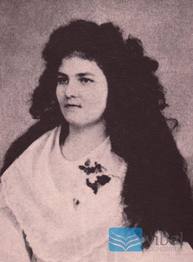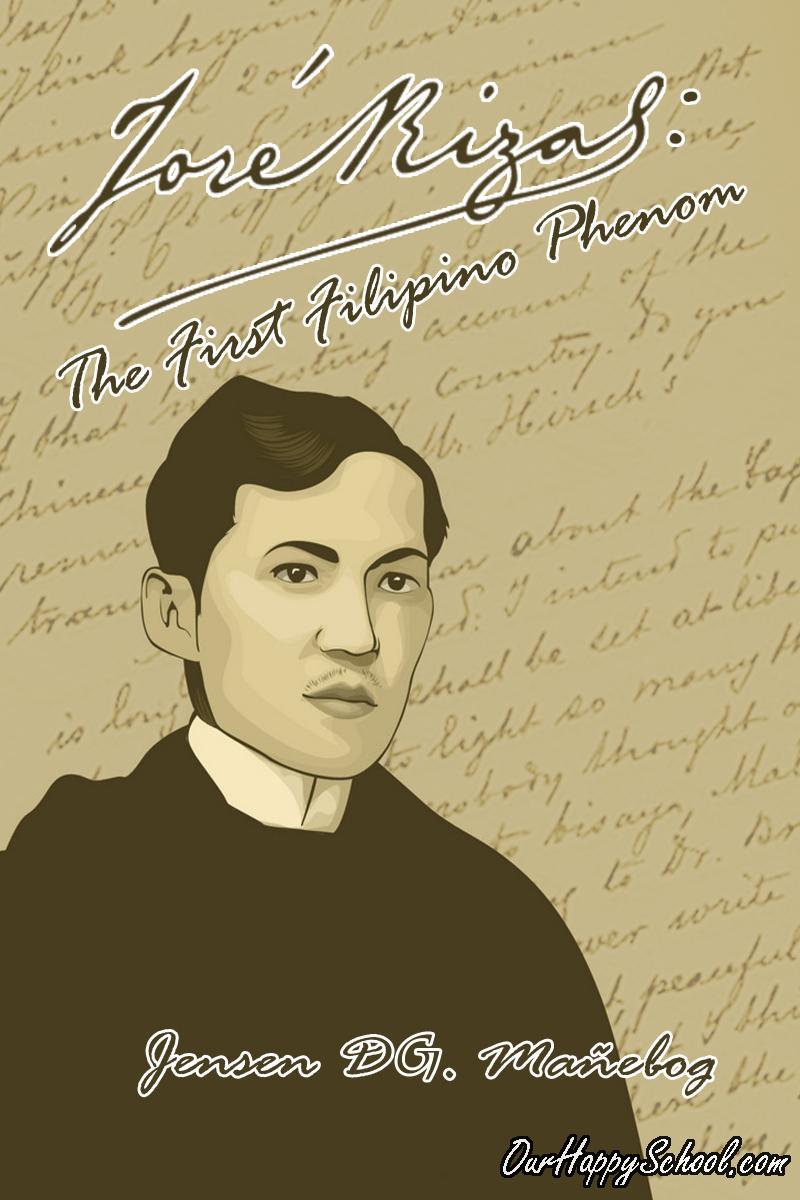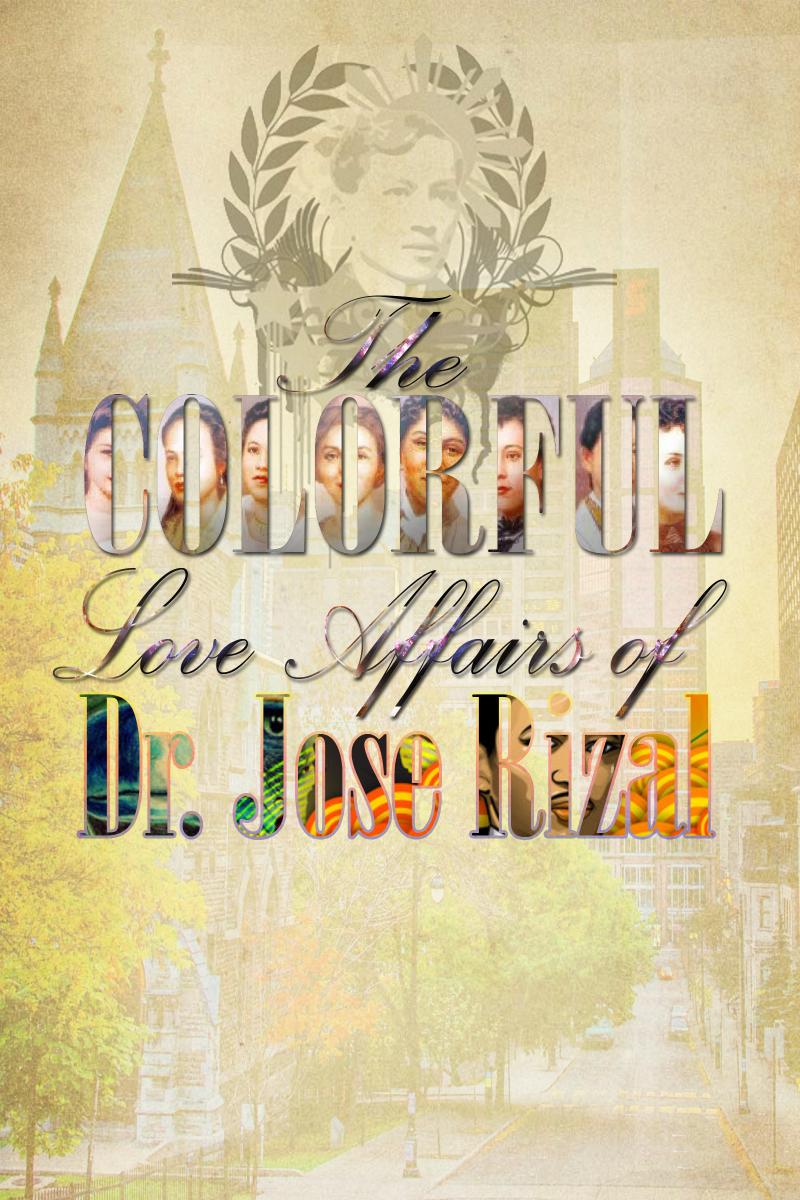Sponsored Links
Josephine Bracken: Jose Rizal's Dear and Unhappy Wife
© 2013 by Jensen DG. Mañebog
IN JOSE RIZAL’S OWN WORDS, she was his dear wife. A few hours before his execution, they embraced for the last time and he gave her a souvenir—a religious book with his dedication, “To my dear unhappy wife, Josephine.”
Early life
Marie Josephine Leopoldine Bracken was born on August 9, 1876 in Victoria, Hong Kong. She was the youngest of the five children of an Irish couple who were married on May 3, 1868 in Belfast, Ireland: British army corporal James Bracken and Elizabeth Jane MacBride. A few days after giving birth to Josephine, her mother Elizabeth died. Her father decided to give her up for adoption to her childless godparents, American George Taufer, an engineer of the pumping plant of the Hong Kong Fire Department, and his Portuguese (second) wife. Josephine’s real father (James) left Hong Kong after retirement and was said to have died at the hands of robbers in Australia.
Refer these to your siblings/children/younger friends:
HOMEPAGE of Free NAT Reviewers by OurHappySchool.com (Online e-Learning Automated Format)
When Josephine was 7, her godmother—whose name Leopoldine was added to her own—also died. In 1891, her foster father remarried another Portuguese lady from Macau, Francesca Spencer. Because Josephine could not get along with Taufer’s new wife, she (Josephine) ran away and sought shelter in a boarding house run by nuns. After two months, either she was taken back or she voluntarily returned home.
Josephine and Taufer first met Rizal in Hongkong, when they consulted the Filipino doctor for Taufer’s failing eyesight. In 1895, the Taufer family sailed to the Philippines to seek treatment from Rizal for Taufer’s cataract. They arrived in Manila on February 5, and later that month, Josephine, George, and a certain Manuela Orlac, the mistress of a friar at the Manila Cathedral (Bantug. p. 117), sailed to Dapitan where Rizal had been living as a political exile for three years.
The petite Josephine who had blue eyes and brown hair was 18 years old at the time of their arrival in Dapitan. Josephine was said to be not a remarkable beauty, but she “had an agreeable countenance because of the childlike expression of her face, her profound blue and dreamy eyes and abundant hair of brilliant gold” (Alburo).
It is thus said that the lonely Rizal was attracted to Josephine who was a happy character despite having lived a difficult life with her adoptive father and his various wives. Unsurprisingly, the two easily fell in love with each other. (Related: Jose Rizal Girlfriends)
Taufer’s opposition
Rizal worked on Taufer’s eyes but later told the patient that the illness was incurable. It is supposed that it was this news, plus Josephine’s wish to stay with Rizal and “the marriage in Manila of a daughter by his first wife” (Alburo) which led the distressed Taufer to slash his wrist (some say ‘throat’)—an attempt which Rizal and Josephine had fortunately averted.
Taufer’s supposed furious jealousy and strong opposition to the couple’s union caused Josephine to accompany him as they left for Manila on March 14, 1895, together with Rizal’s sister, Narcisa. Josephine nonetheless carried a letter from Rizal recommending her to Doña Teodora:
The bearer of this letter is Miss Josephine Leopoldine Taufer whom I was at the point of marrying, counting on your consent, of course. Our relations were broken at her suggestion, on account of the numerous difficulties in the way. She is almost alone in the world; she has only very distant relatives.
As I am interested in her and it is very possible that she may later decide to join me and as she may be left all alone and abandoned, I beg you to give her hospitality there, treating her as a daughter, until she shall have an opportunity or occasion to come here.
I have decided to write the general about my case.
Treat Miss Josephine as a person I esteem and value much and whom I would not like to be unprotected and abandoned.
When Taufer left for Hong Kong, it was with Narcisa that Josephine stayed. The rest of Rizal’s family was suspicious that Josephine had been working as a spy for the Spanish friars.
Marrying Josephine
Some references claim that even before Taufer and Josephine left for Manila, Rizal had already proposed to her and applied for their marriage. Dapitan parish priest Antonio Obach however wanted Rizal’s retraction of his anti-clerical views as a prerequisite and would only grant the church ceremony if Rizal could get permission from the Bishop of Cebu. “Either the Bishop did not write him back or Rizal was not able to mail the letter because of the sudden departure of Mr. Taufer” (Wikipedia).
When Josephine returned to Dapitan, the church wedding she hoped for could not happen. Rizal would not retract and so Obach denied them the permission to marry, and “the Bishop of Cebu confirmed the priest’s decision” (Bantug, p. 118).
With Josephine’s consent, Rizal nonetheless took her as his wife even without the Catholic blessings. The couple married themselves before the eyes of God by “holding hands in the presence of two witnesses” (Alburo).
Aware of the circumstances, Doña Teodora told her excommunicated son that loving each other in God’s grace was better than being married in mortal sin (Bantug, p. 120). These words somewhat gave Rizal a peace of mind. But still believing that his live-in relationship was somewhat of a shame, Rizal never told his friend and confidant Blumentritt about it.
Josephine as Rizal’s wife
Depending on the reference one is using, Rizal and Josephine lived together either in Rizal’s ‘casa cuadrada’ or octagonal bamboo house. In his letters to his family, Rizal related that Josephine “turned the house into a love nest, stocking the pantry with preserves and pickles” (Alburo). To prove the depiction, the letters were accompanied by packages of food “prepared by the woman who lives in my house” (Alburo).
Josephine kept house and took good care of “Joe,” her nickname for Rizal. She “cooked, washed, sewed, and fed the chickens. She learned to make suman (a sticky rice dessert wrapped in banana leaves), bagoong, noodles, and bread. With the Spanish she learned from Rizal, she could write a simple letter. His [Rizal] nephews called her ‘Auntie’” (Bantug, p. 120).
To his mother, Rizal described Josephine as “good, obedient, and submissive … We have still to have our first quarrel, and when I reprove her she does not talk back.”
Rizal’s son
Before the year ended in 1895, the couple had a child who was born prematurely. “Rizal’s sisters say the boy was named Peter; others say he was named Francisco, after Don Francisco Mercado” (Bantug, p. 121).
Unfortunately, the son died a few hours after birth. Rizal was said to have “made a pencil sketch of the dead infant on the jacket of a medical book. He then buried the baby in an unmarked grave in a secluded part of Talisay” (Bantug, p. 121).
Filipino historian Gregorio Zaide narrated that Rizal played a prank on Josephine which frightened her so that she untimely gave birth to an eight-month baby (Zaide, p. 240). But doubting the veracity of this tale, some intriguingly ask questions like: Was the miscarriage due to a fall down from the stairs? Did Rizal push her during one of their quarrels? Or, did they quarrel intensely at all?
Some sources declare that the two had quarrels, “one of which, according to a 1966 article in the Free Press, was violent, leading to her [Bracken’s] miscarriage. The same article, written by L. Rebomantan, suggests that Rizal’s days of consolation with Josephine were [soon] over and that his request for assignment to Cuba was also prompted by his unhappiness with her.” (Alburo)
Leaving Dapitan
On July 30, 1896, Rizal received a letter from the governor general sanctioning his petition to serve as volunteer physician in Cuba. In the late afternoon of July 31, Rizal and Josephine got on the ‘España’ along with Narcisa, a niece, three nephews, and three of his students. The steamer departed at midnight of July 31 and arrived in Manila on August 6.
While Rizal was being kept under arrest aboard the cruiser ‘Castilla’ docked at Cavite, Josephine stayed in Narcisa’s home in Manila. While waiting for Jose’s fate, she “filled her time with tutoring in English and taking piano lessons from one of her 15 pupils” (Alburo) ... continue reading
Jensen DG. Mañebog, the contributor, is a book author and professorial lecturer in the graduate school of a state university in Metro Manila. His unique affordable e-books on Rizal (available online) comprehensively tackle, among others, the respective life of Rizal’s parents, siblings, co-heroes, and girlfriends. (e-mail: jensenismo@gmail.com)
TRY any of THESE E-Learning FUN QUIZ GAMES:
NOTE
To leave comments, click first the ‘Like’ button above (if you have not clicked yet).








